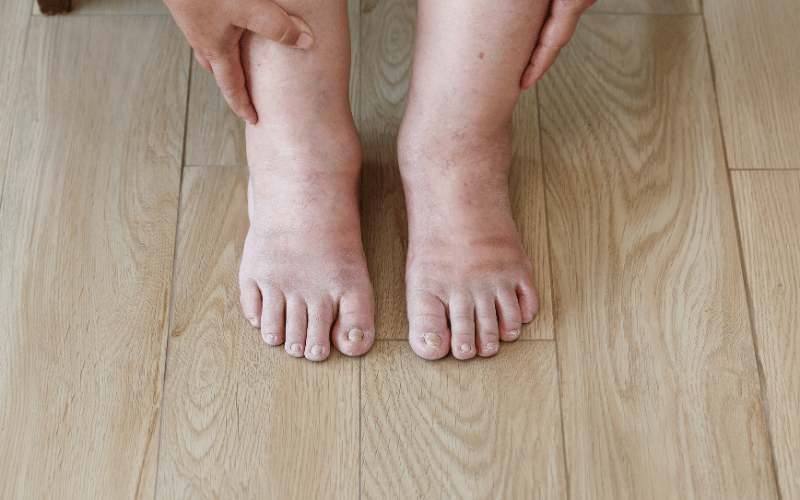8. Swollen Hands and Feet: An Unsettling Expansion

The extremities, especially the hands and feet, are frequently exposed to various elements and potential triggers. In the case of angioedema, these areas are often susceptible to swelling. While it might start as a slight puffiness, it can soon escalate, leading to a sensation of tightness, discomfort, and sometimes even pain.
Several triggers can induce swelling in the hands and feet when dealing with angioedema. These triggers can range from allergenic substances to physical stimuli like pressure, temperature changes, or even stress.
The body’s exaggerated immune response culminates in fluid buildup, leading to the observable swelling. It’s not merely a superficial symptom; the swelling hints at underlying inflammatory processes that need addressing.
The swelling, while evidently uncomfortable, also brings a set of functional challenges. Tasks that require dexterity, such as typing, writing, or even simple chores, become more challenging. (8)